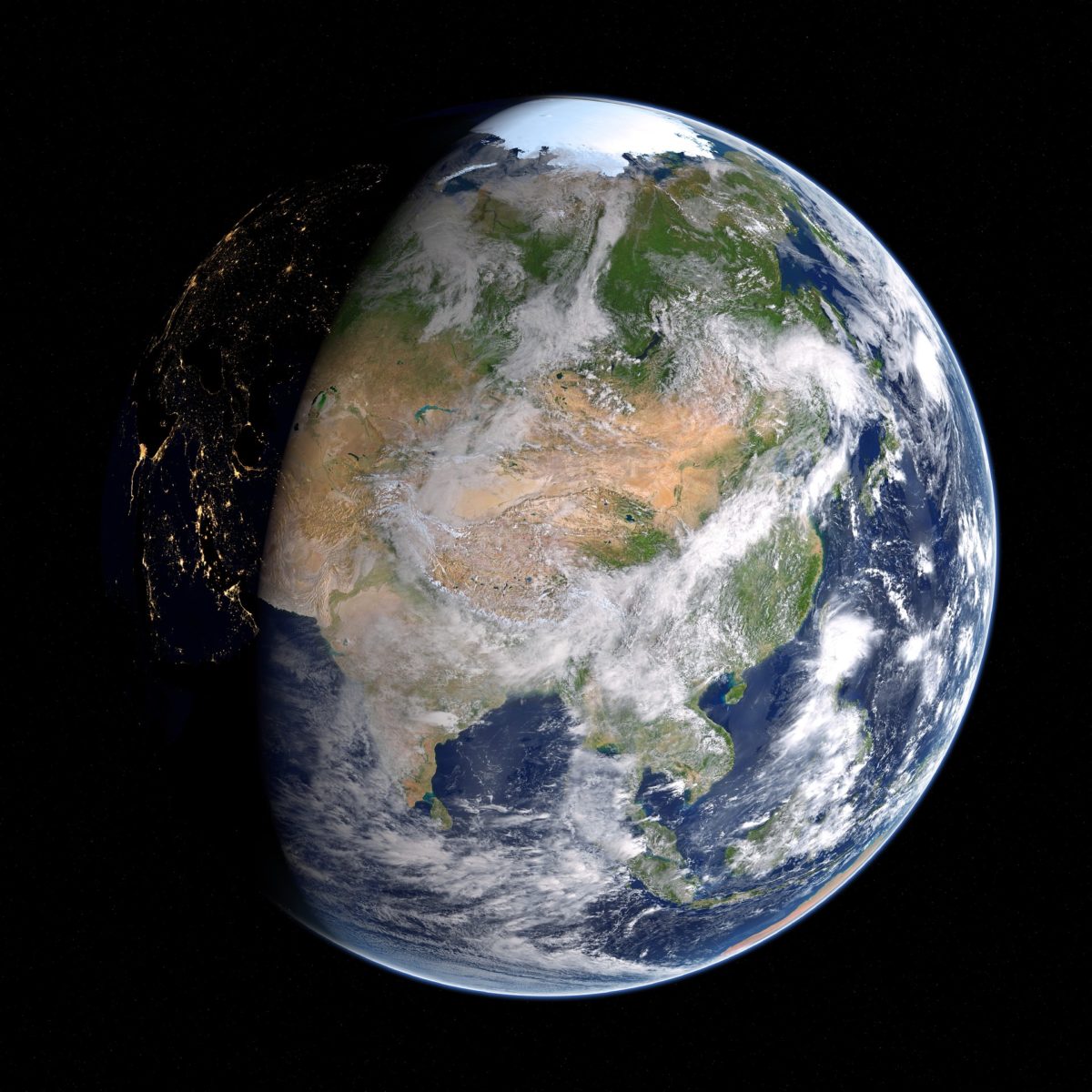From pv magazine International
In recent years, Asia has experienced tremendous growth in solar deployment, especially in critical markets such as China, India and Japan. Analysts at Wood Mackenzie Power & Renewables have forecast an 18% decline in solar demand this year, compared to 2017, which would see 59 GW installed.
The region’s contraction is primarily due to China’s PV policy change at the end of May, which prompted a 30% fall in installation volumes in the world’s largest solar market.
China has seen unprecedented solar growth, outpacing its ambition of achieving 105 GW by 2020, due to cost declines driven by module oversupply. The government has imposed quota restrictions on distributed generation capacity of 10 GW for this year, reduced FIT levels and moved toward auction-led solar electricity tariffs. However, the country is expected to remain the largest solar market for the next five years.
The Japanese market has also seen a slowdown. An initially high FIT led to an 80 GW solar pipeline. However, with low margins in a high-cost environment, developers have reportedly pushed back on grid connection timelines to capitalize on cost savings as module prices continue to decline.
In return, the Japanese government has re-evaluated the pipeline and permitted only projects with a sound business plan, and that could be grid-connected within three years. The pipeline has fallen to 50 GW as a result.
India is booming, despite import duty
Japan is also transitioning its FIT scheme for projects larger than 2 MW to an auction mechanism. The latest two auctions were reportedly under-subscribed as a result of permitting regimes and connection timeline constraints, with all the submitted bids for the second tender above the ceiling tariff of US$0.14/kWh.
In India, the government made big announcements this year concerning the installation of 100 GW of PV. While current estimates say that figure will be unattainable by 2022 – the government’s stated ambition – the nation’s solar growth is still remarkable.
The government has considered imposing 25% safeguarding duties on Chinese and Malaysian-made modules though, and developers fear they will not be able to pursue plans at the same pace.
Vietnam and Taiwan ready to join transition
“The key trend we are seeing is the phase-out of subsidies and transition towards auctions, which is leading to a lumpy demand in the region,” said Wood Mackenzie Solar Analyst Rishab Shrestha. “That being said, Asia-Pacific will still add 355 GW of new solar capacity over the next five years, and this is partly attributable to the reduction in PV capital cost globally.”
In that vein, analysts estimate that by 2023, the levelized cost of electricity (LCOE) will fall by 25%, to around $55*/MWh. That is expected to prompt greater competition between solar and fossil fuel-based electricity, driving demand in Asia’s emerging markets, with Taiwan and Vietnam – as well as other markets with generous FIT regimes – seeing an uptick in solar installations.
Nations with renewable portfolio standards, such as South Korea and the Philippines, are also likely to benefit. In Australia, voluntary procurement could become a driver for capacity additions, as the LCOE for solar closes in on wholesale power prices.
*The article was amended on October 25 to correct the LCOE from $5/MWh to 55/MWh.
This content is protected by copyright and may not be reused. If you want to cooperate with us and would like to reuse some of our content, please contact: editors@pv-magazine.com.









By submitting this form you agree to pv magazine using your data for the purposes of publishing your comment.
Your personal data will only be disclosed or otherwise transmitted to third parties for the purposes of spam filtering or if this is necessary for technical maintenance of the website. Any other transfer to third parties will not take place unless this is justified on the basis of applicable data protection regulations or if pv magazine is legally obliged to do so.
You may revoke this consent at any time with effect for the future, in which case your personal data will be deleted immediately. Otherwise, your data will be deleted if pv magazine has processed your request or the purpose of data storage is fulfilled.
Further information on data privacy can be found in our Data Protection Policy.